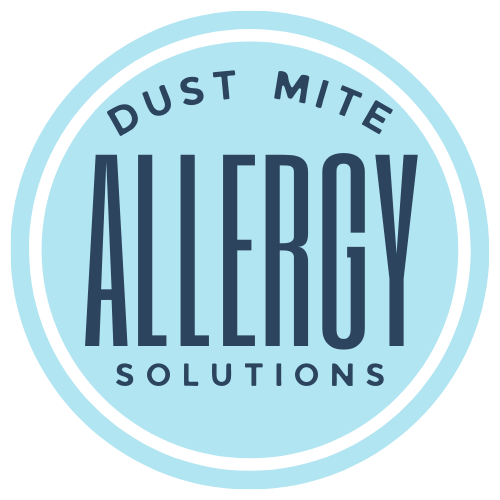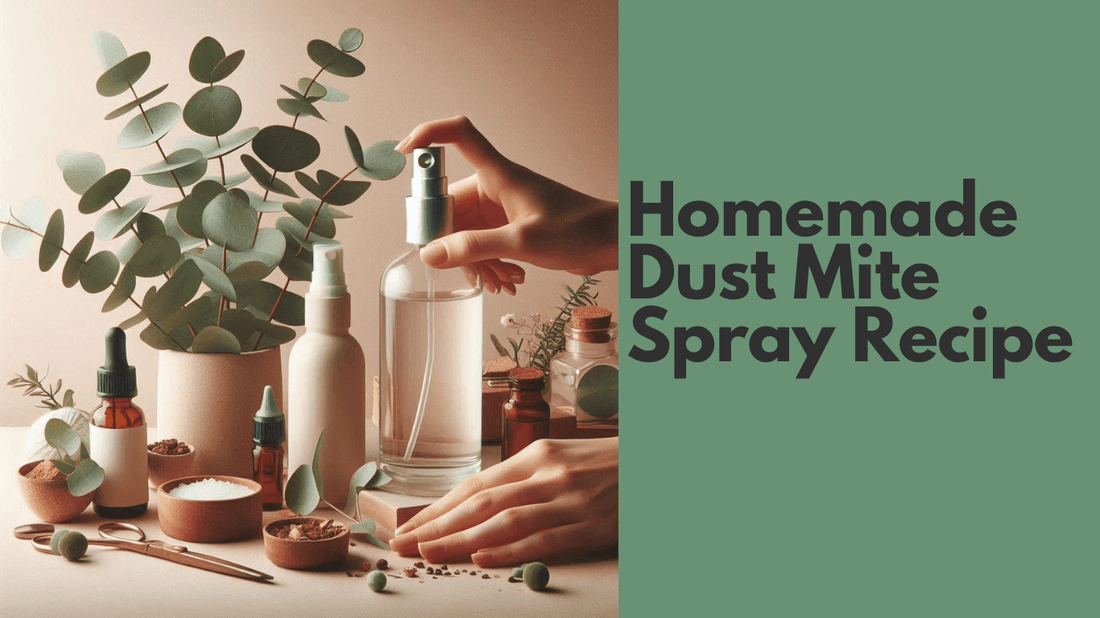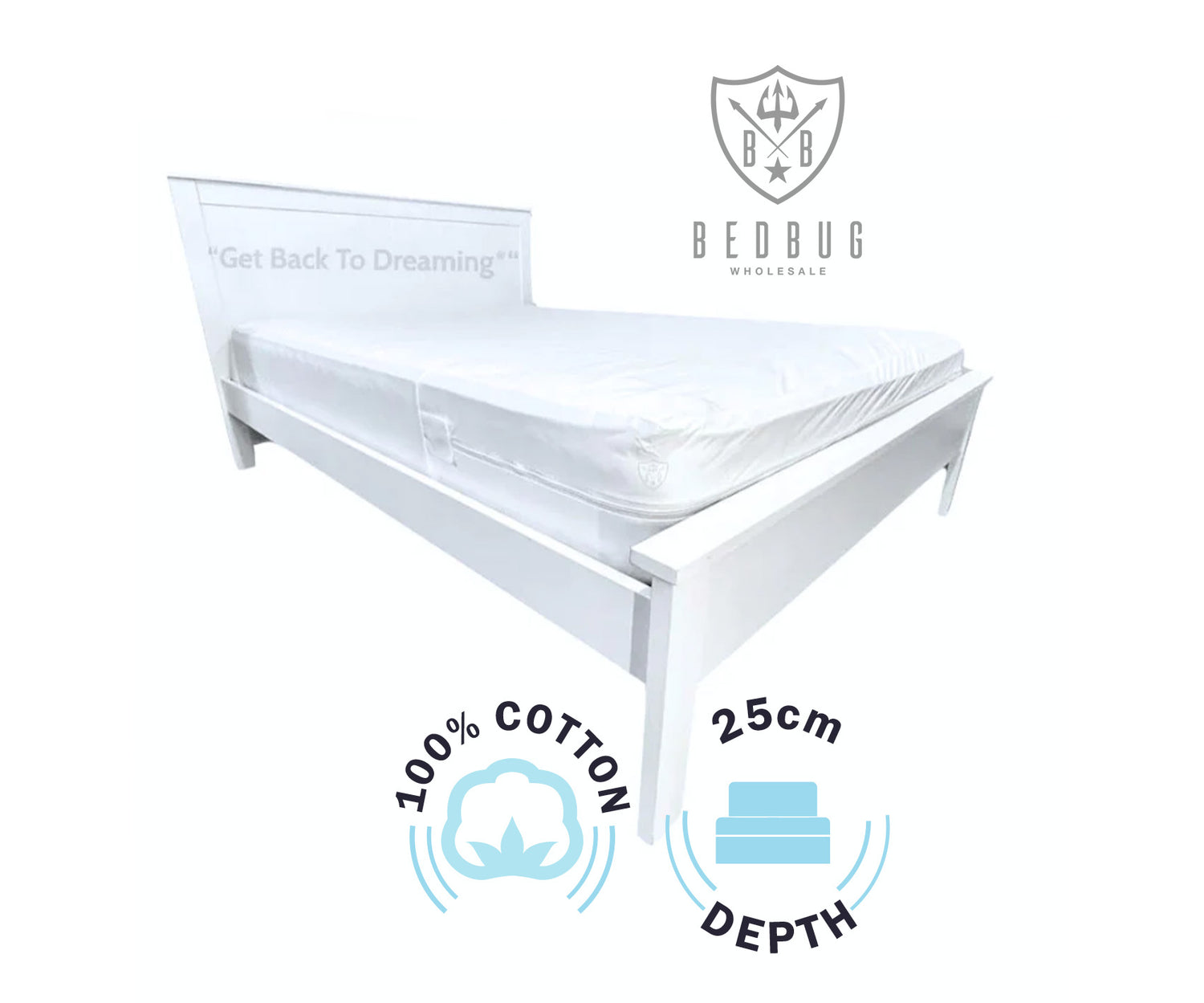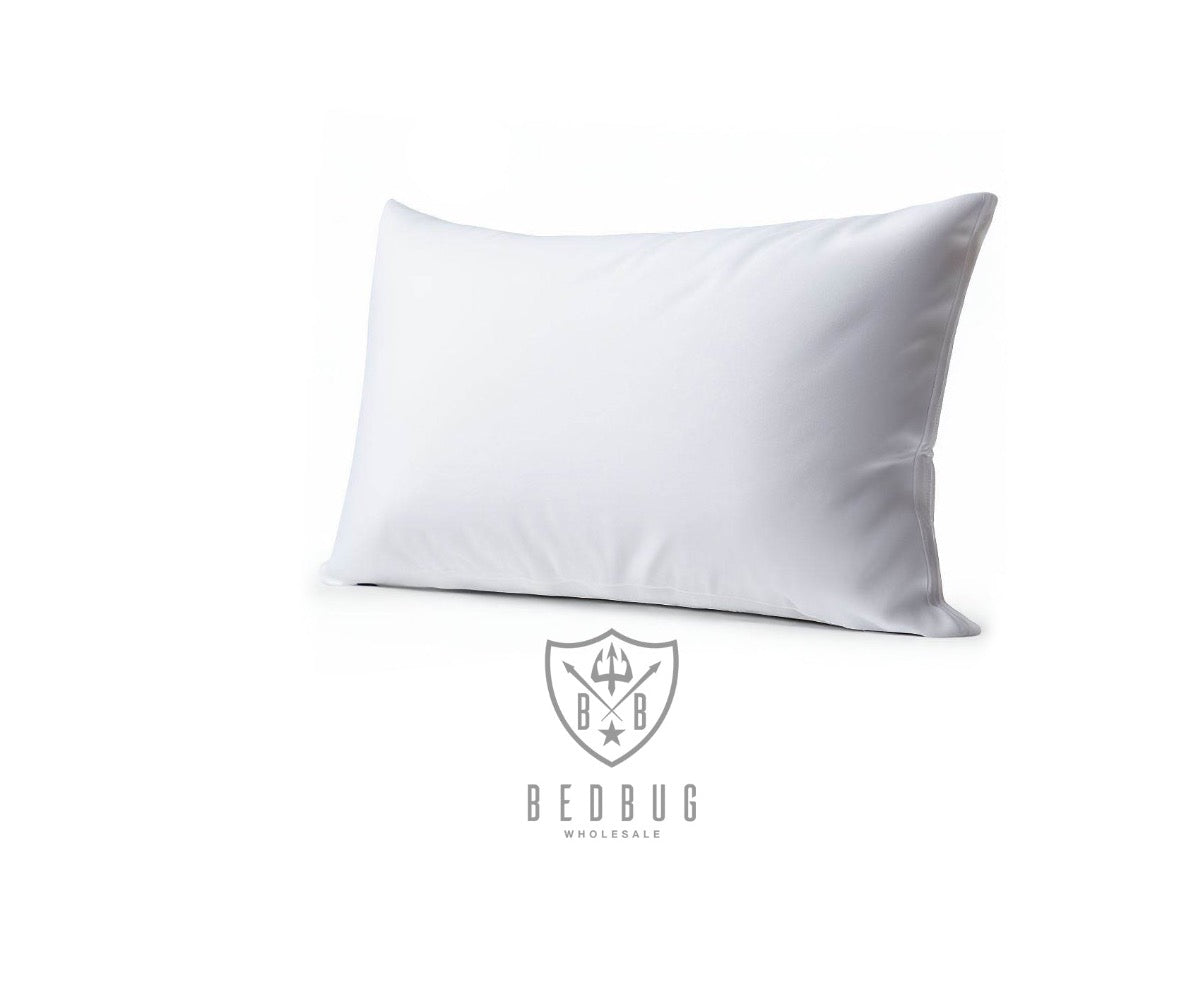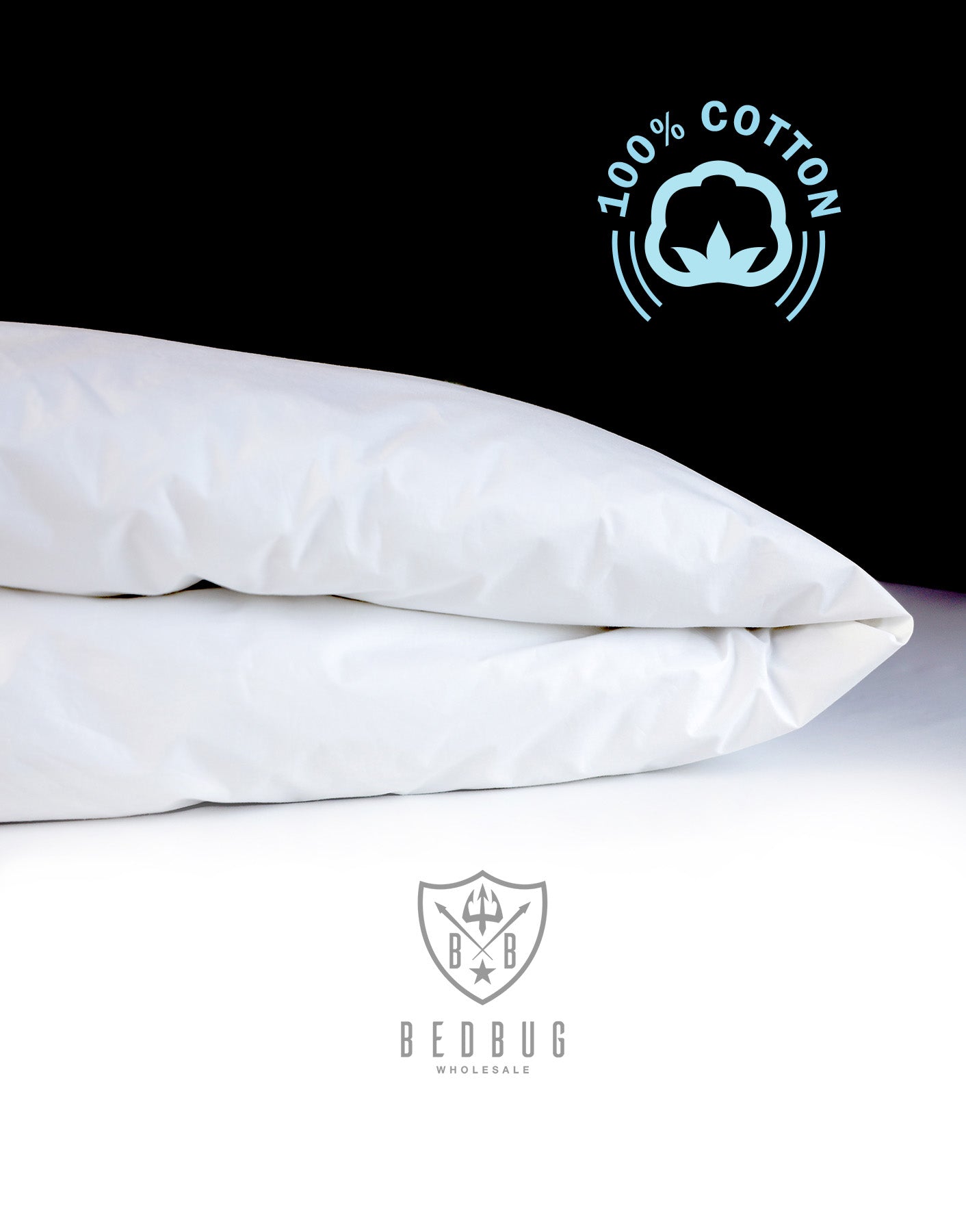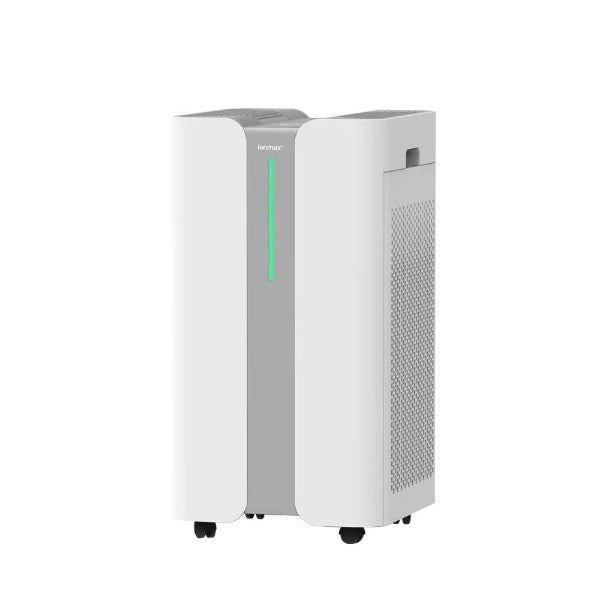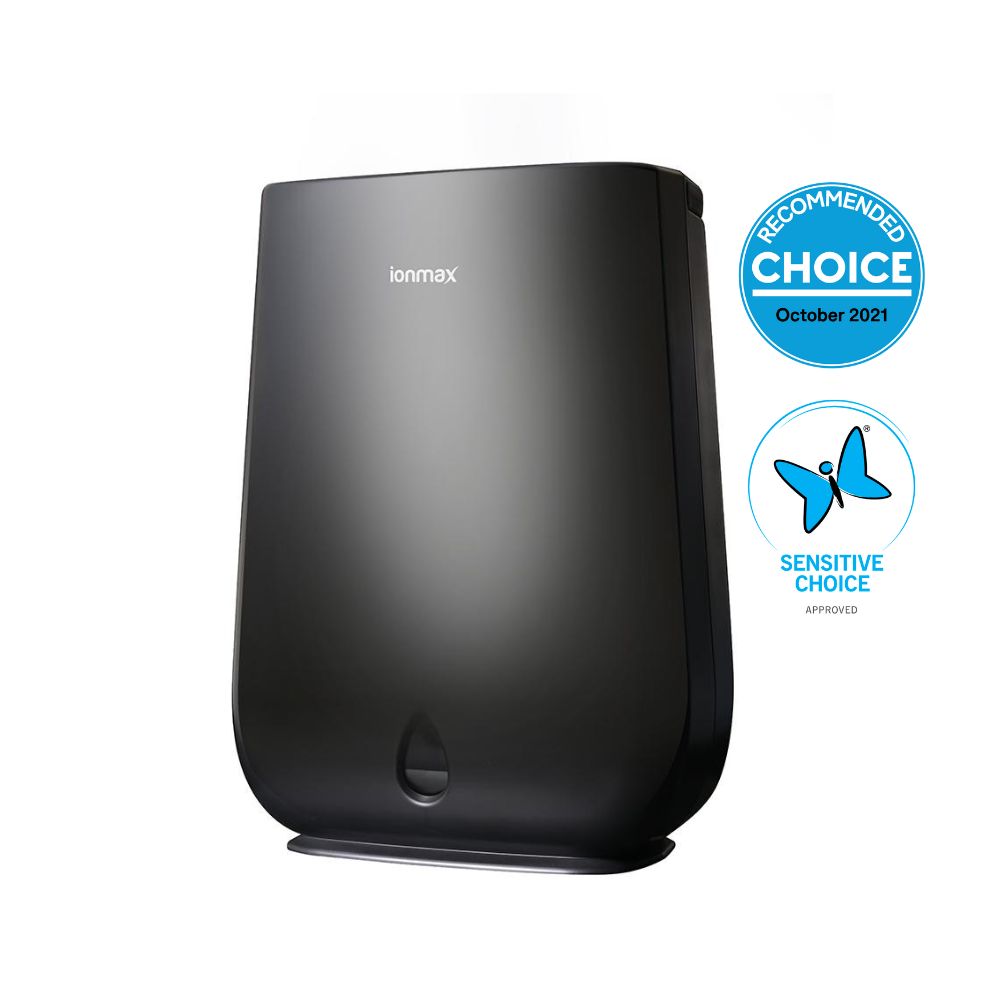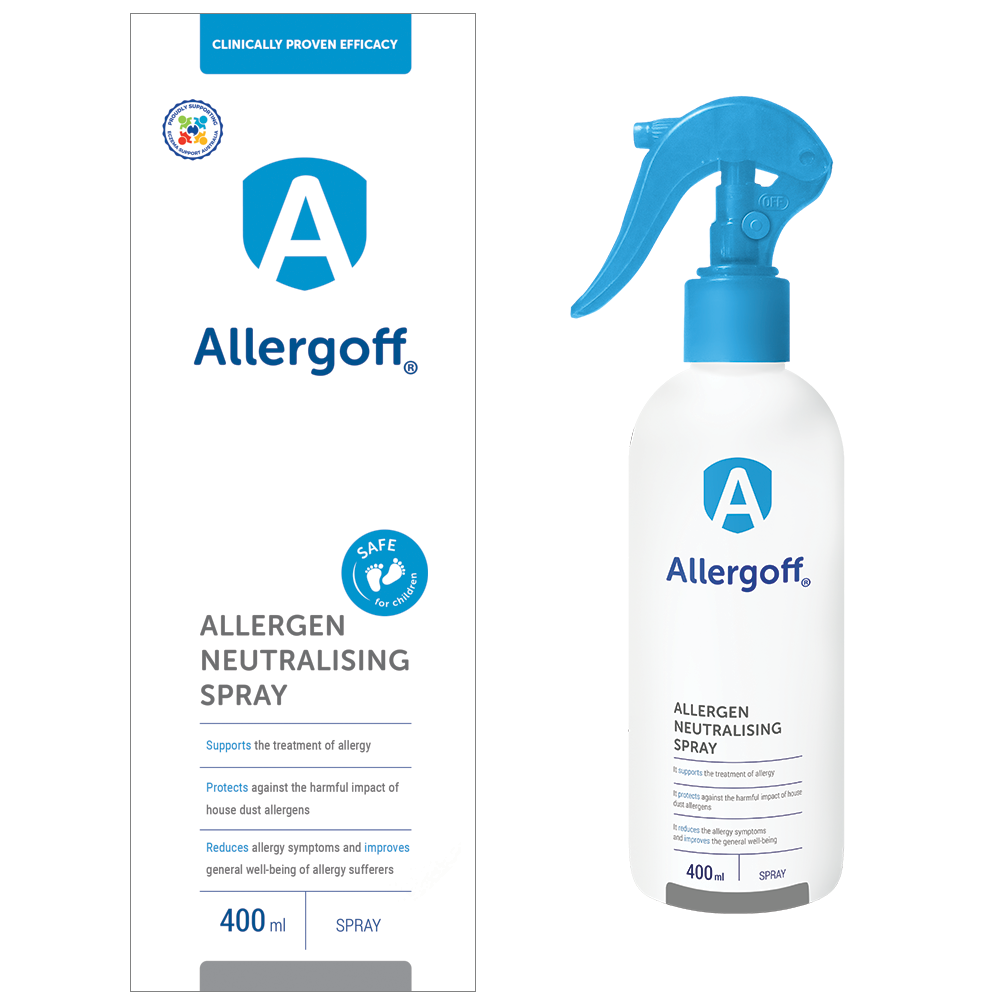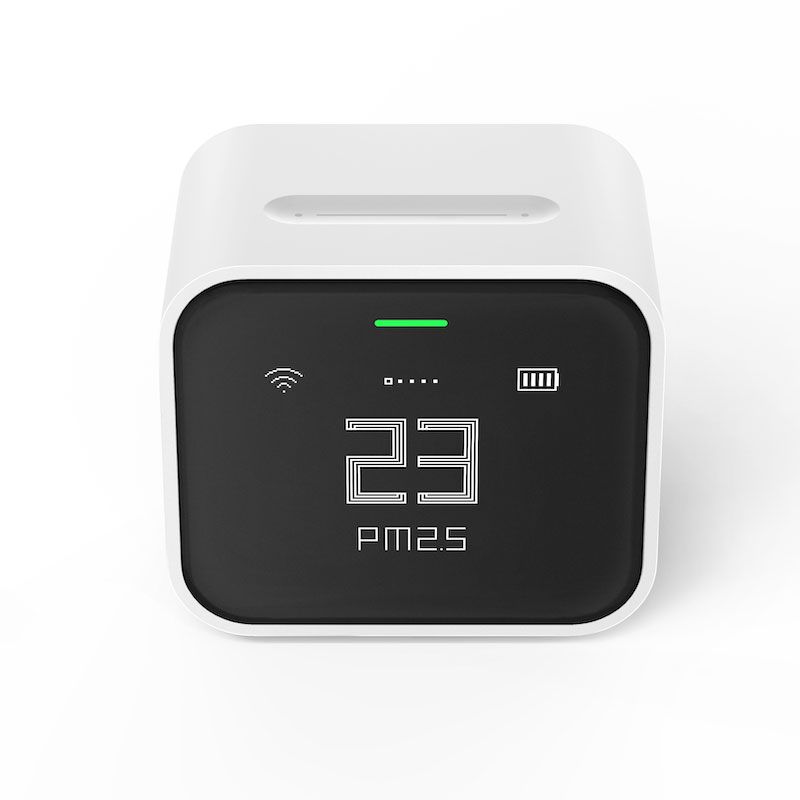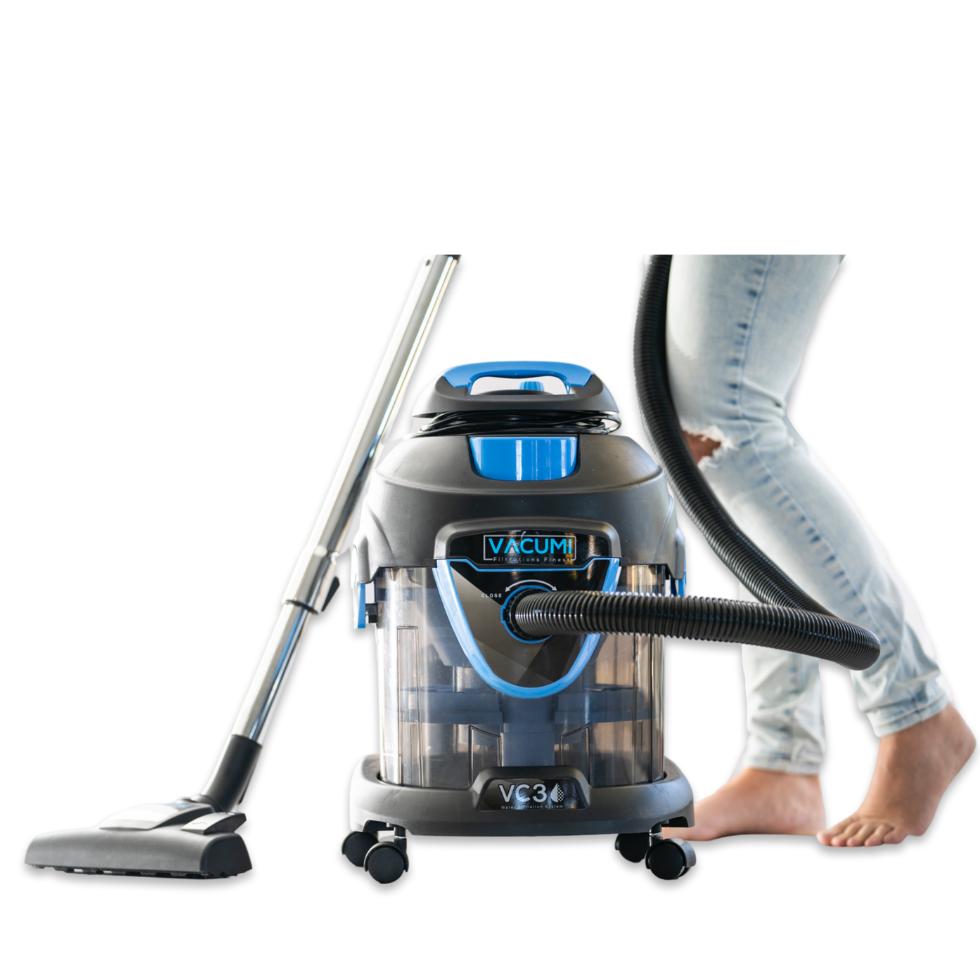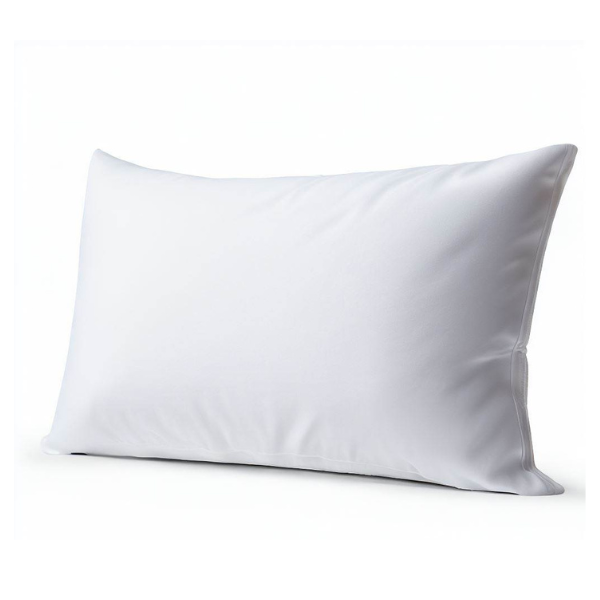Making a homemade dust mite spray is a natural way to tackle dust mites without the need for harsh chemicals. With a simple mixture of water, vinegar, and essential oils you can help reduce dust mite populations.
Regular use of this diy spray, combined with other dust mite prevention methods can help create a healthier living environment with less allergens.
Why Make a DIY Allergen Spray?
Making a dust mite spray at home is an affordable and eco-friendly solution compared to purchasing chemical sprays. Commercial sprays often contain harsh chemicals and are not friendly to the environment.
Essential Oils for Non-Toxic Dust Mite Control
Several essential oils have been shown to be effective in various studies reducing dust mites due to their anti-microbial and anti-parasitic properties. These oils are natural mite repellents and make great ingredients for your dust mite spray. Read this article for more information on natural ways to kill dust mites and the findings on effectiveness of various essential oils to kill dust mites. Some common essential oils proven to be effective against dust mites are:
- Clove oil: An effective natural agent that kills dust mites.
- Eucalyptus oil: Eucalyptus oil has been proven to kill dust mites and reduce allergen levels. Its strong smell also leaves your home feeling fresh.
- Tea tree oil: Tea tree oil has anti-parasitic properties, making it another powerful ingredient against dust mites .
- Lavender oil: Not only does lavender oil smell great, but it can also help repel dust mites while being safe to use around most pets.
- Peppermint oil: Peppermint oil is known for its anti-microbial properties and is effective in repelling pests, including dust mites.

Ingredients for Your Homemade Mite Control Spray
To make your dust mite spray at home, you’ll need just a few simple, natural ingredients. Here’s a list:
- 1 cup of distilled water
- 1/4 cup of white vinegar or rubbing alcohol (acts as a natural cleaner)
- 20 drops of essential oils. Various studies have shown the effectiveness of a range of oils that are effective in affecting dust mites. You can use clove, matrecary, chenopodium, rosemary, eucalyptus, peppermint, tea tree oils in your DIY dust mite spray.
- 10 drops of lavender essential oil (optional for fragrance)
- 1 tablespoon of baking soda (optional, for added cleaning power)
- A spray bottle
Instructions:
- Fill the bottle: Pour 2 cups of distilled water into the spray bottle.
- Add essential oil: Add 10-15 drops of your chosen essential oil(s). You can use a combination for extra effectiveness.
- Optional – Add vinegar/alcohol: Add 1 tablespoon of white vinegar or rubbing alcohol to help the oil disperse and mix well.
- Shake well: Shake the bottle vigorously to mix the ingredients.
- Spray surfaces: Lightly spray the solution onto bedding, carpets, curtains, and furniture where dust mites might be present.
- Let dry: Allow the spray to dry before using the items.
Warning: Test a small patch of surface first to make sure there is no discolouration or damage to the fabric and always follow manufacturers recommendations.
How to Use Your Homemade Dust Mite Spray
Once your dust mite spray is ready, here’s how to use it effectively:
Spray on Bedding and Furniture
Lightly spray the mixture on mattresses, pillows, and bedding. You can also spray it on upholstered furniture, carpets, and curtains. Allow the spray to dry completely before using the treated items.
Dust mites tend to thrive in warm, moist areas, so pay extra attention to spots like bedding, pet beds (read below about using essential oils safely around pets), and carpets. You can spray these areas every couple of weeks or more often if needed.
Reapply Regularly
For best results, reapply the spray regularly. Dust mites reproduce quickly, so keeping up with treatment can help keep their population under control.
Safety Considerations When Using Essential Oils in Homemade Allergen Spray
While essential oils are natural, they should still be used with care. Here are some important safety tips:
Pets and Essential Oils
Some essential oils, like tea tree and peppermint oil, can be harmful to pets, especially cats and dogs. Always consult your vet before using essential oils around your pets and opt for pet-safe options like lavender or diluted eucalyptus. Avoid spraying directly onto areas where your pets sleep.
Allergies and Sensitivity
Essential oils are concentrated, and some people may be sensitive to them. If you or anyone in your household has sensitive skin or allergies, perform a patch test before spraying the mixture in large areas. To do this, spray a small amount on a hidden part of a surface, like the underside of a cushion, and wait 24 hours to see if there’s any reaction.
Avoid Direct Skin Contact
While essential oils are useful in dust mite sprays, they can be irritating to the skin. Make sure not to spray the mixture directly on your skin or near your face.
When Homemade Dust Mite Spray May Not Work
While homemade dust mite spray can be a helpful tool in managing dust mite populations and reducing allergens in your home, there are several situations where it may not be effective. Understanding these limitations can help you set realistic expectations and take additional steps for a dust mite-free environment.
High Infestation Levels
If you’re facing a severe dust mite infestation, a homemade dust mite spray alone may not be enough to eliminate all the mites.
Dust mites reproduce quickly, and large populations may require professional pest control services for effective eradication. In such cases, a multi-faceted approach that addresses the whole house and includes professional intervention, thorough cleaning, and regular maintenance is often necessary.
Improper Application
The effectiveness of your homemade dust mite spray greatly depends on how thoroughly it is applied. Dust mites are often found in hard-to-reach areas such as between mattress seams or deep in the mattress, under furniture, and in carpets. If these surfaces are not adequately treated, the spray may not penetrate the areas where dust mites are found and they will continue to reproduce.
Wrong Ingredients
Using the right ingredients in the correct concentrations is crucial for the effectiveness of your dust mite spray. For instance, if the spray is not sitting on the area long enough or you don’t use enough essential oil or vinegar, the solution may lack the potency needed to kill or repel dust mites.
Environmental Conditions
Dust mites thrive in warm and humid environments. If the humidity in your home is high, dust mites will continue to flourish, even if you use a homemade spray. Maintaining a low humidity level (below 50%) using dehumidifiers or air conditioning can help prevent dust mites from returning, alongside the use of sprays.
Short-Term Solutions
Homemade sprays can provide temporary relief but do not address the root causes of dust mites. Regular cleaning and washing of bedding and fabrics are essential for long-term control. Dust mites feed on dead skin cells and thrive in soft furnishings, so frequent laundering and vacuuming are crucial.
Allergen Persistence
Even after using your homemade dust mite spray, dust mite allergens can persist in the environment. These allergens can remain in bedding, carpets, and furniture long after the mites have been eliminated. Regular cleaning and allergen-reducing strategies, such as using allergen-proof covers on pillows and mattresses, are necessary to minimise allergic reactions.
By being aware of these limitations, you can take a more comprehensive approach to dust mite management. Combining homemade dust mite sprays with other strategies, like regular cleaning and maintaining low humidity, will yield better results in creating a healthier living environment.
Will Homemade Dust Mite Spray Get Rid of Dust Mites?
Homemade dust mite sprays can help reduce the number of dust mites, but they typically don't fully eliminate them. Most homemade recipes use essential oils like eucalyptus, tea tree, or lavender, which have some natural insecticidal properties. These sprays may temporarily reduce dust mites and freshen up fabrics but aren’t a comprehensive solution.
To effectively reduce dust mites, it’s better to combine treatments and implement a comprehensive strategy to eliminate dust mites in the home. Regular washing of bedding in hot water, using dust-mite-proof covers, and vacuuming with a HEPA filter are all recommended. If you're looking for something more potent, you might consider using a product like the Allergoff Allergen Neutralising spray, which is specifically designed to neutralise allergens from dust mites effectively.
